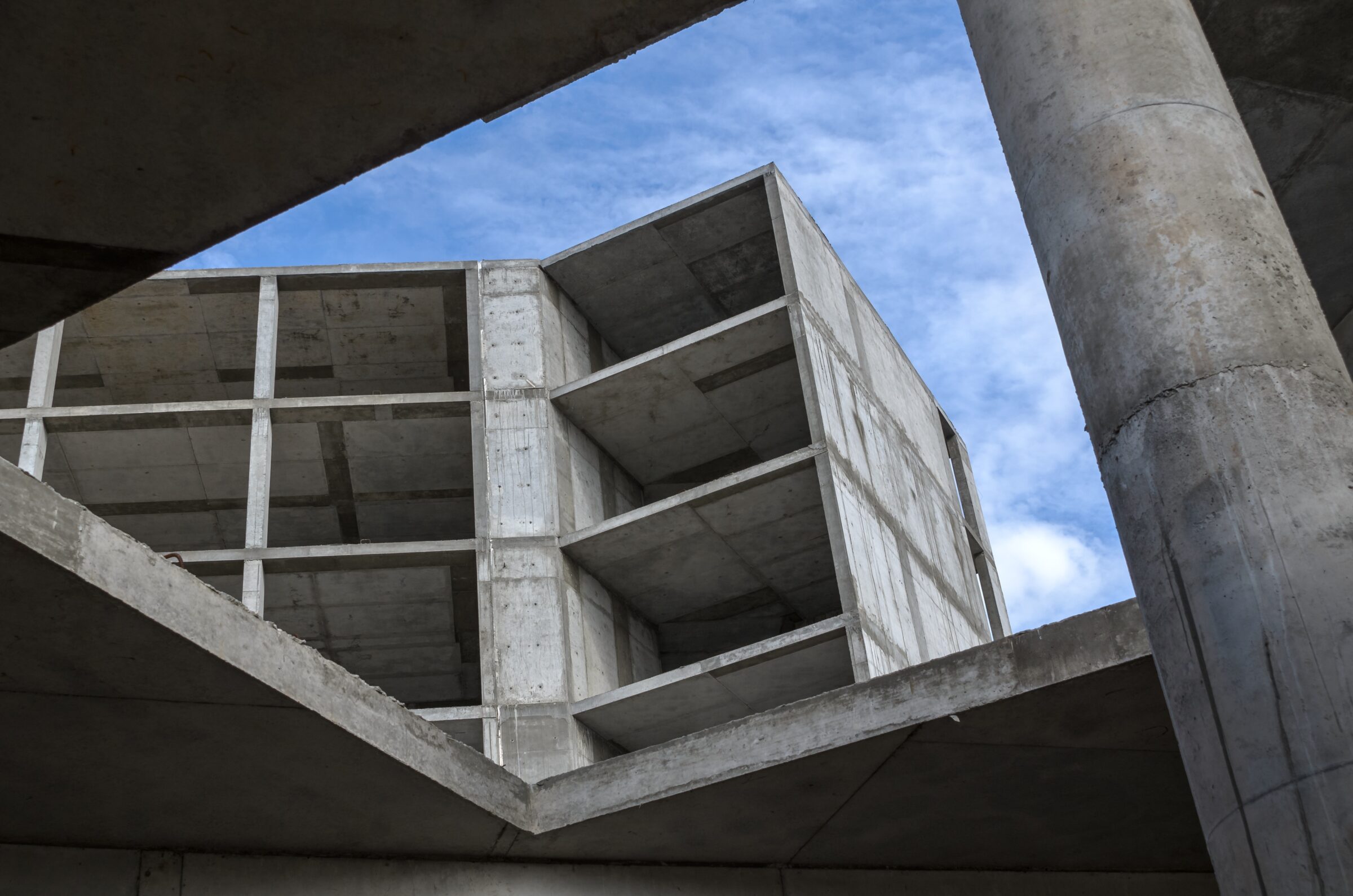5 Benefits of Precast Concrete for Shortened Construction Timeframes
June 6, 2023

As any seasoned construction professional knows, time is indeed money in the world of building. Every day saved on a project not only speeds up the delivery timeline but also reduces overhead costs significantly. In recent years, one innovation has been making waves in the construction industry for its ability to drastically shorten construction timeframes: precast concrete.
Precast concrete, as the name suggests, is a form of concrete that is cast and cured off-site in a controlled environment and then transported to the construction site for installation. This distinctive method of construction has a plethora of advantages, not the least of which is its potential for time savings.
Resilience to Weather
One of the most significant benefits of precast concrete is its resistance to adverse weather conditions. Traditional onsite concrete work can be delayed by environmental factors such as rain, snow, or extreme temperatures. In contrast, precast concrete components are manufactured indoors, negating any impact from inclement weather. This reliability is invaluable, contributing to more predictable project timelines and reducing the risk of costly delays.
Concurrent Production
Precast concrete components are produced concurrently with site preparation. While the groundwork is being prepared, the necessary elements can be manufactured simultaneously. This overlap effectively reduces the overall construction time. Notably, once the site is ready, assembly of precast components is rapid, further contributing to time savings.
Repeatability
Precast concrete lends itself to repetition. If a construction project includes repeated architectural elements, these can be efficiently mass-produced. This is a significant advantage in projects such as multi-story buildings or parking garages, where similar components can be replicated quickly and accurately, driving efficiencies in production and installation.
Reduced Curing Time
A lesser-known benefit of precast concrete is the reduced curing time. Traditional concrete requires ample time to cure before it can withstand the full design load. However, precast concrete is cured under ideal conditions using steam, which accelerates the process and enables it to reach optimal strength faster.
Better Project Management
The use of precast concrete promotes better project planning and management. Because components are created off-site according to strict production schedules, project managers can more effectively coordinate delivery and installation. This increased control over the construction process allows for better resource allocation, leading to greater efficiencies and further time savings.
It’s important to note that while precast concrete can reduce construction timeframes, it also offers other benefits. Its superior quality control, versatility, sustainability, and cost-effectiveness are additional factors that make it an appealing choice for builders and architects.
Precast concrete has emerged as a compelling solution in the construction industry, presenting an array of benefits, particularly regarding reduced construction timeframes. At United Companies, we’ve seen its resilience against weather conditions, and its impact on concurrent production, repeatability, reduced curing time, and enhanced project management capabilities, which all contribute to substantial time savings. As a result, precast concrete offers the potential to enhance productivity, improve project delivery timelines, and ultimately lead to greater cost savings – making it an indispensable tool in the modern construction industry.

